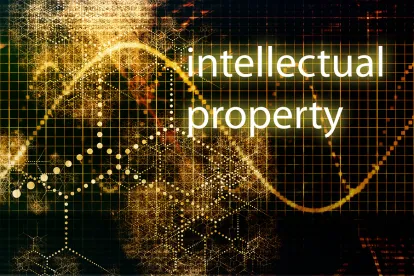Adhering to its now-familiar two-step framework for determining patent eligibility under the Supreme Court of the United States’ 2014 decision in Alice, the US Court of Appeals for the Federal Circuit affirmed the district court’s judgment on the pleadings, finding all of the asserted claims invalid under 35 USC § 101 because the claims were directed to abstract ideas. Two-Way Media Ltd. v. Comcast Cable Communications, LLC, Case Nos. 016-2531; -2532 (Fed. Cir., Nov. 1, 2017) (Reyna, J).
Two-Way asserted four patents related to a “multicasting” system for streaming audio/visual data over a communications system such as the internet. While “unicast” internet systems typically transmit data packets on a point-to-point basis, a multicasting system allows for transmitting packets to multiple recipients. The patents explain that this technology had previously been used to provide internet-based audio/visual conferencing servicing, and describe the invention as an improved scalable architecture for delivering and monitoring real-time information.
The district court determined that under Alice step 1, the patents were directed to the abstract ideas of “sending and monitoring the delivery of audio/visual information” and “measuring the delivery of real-time information for commercial purposes.” Under Alice step 2, the district court found that the claims recited only ordinary functions associated with computer components and therefore provided no inventive concept that could save the otherwise abstract ideas. In finding no inventive concept, the district court applied Two-Way’s proposed claim constructions.
The district court also rejected Two-Way’s attempt to submit evidence from proceedings in the US Patent and Trademark Office and other district courts related to the patents’ validity under § 102 and § 103, including expert reports, expert testimony and a press release. The district court declined to consider such materials, explaining that novelty and non-obviousness are unrelated to § 101 subject matter eligibility. Two-Way appealed.
The Federal Circuit affirmed, noting that even under the patent owner’s proposed claim construction, the results-based claim language failed to sufficiently describe how to achieve the claimed results in a non-abstract way. Although the Court agreed with Two-Way that the specification may have described a purportedly inventive “architecture,” this did not save the claims, because they (and Two-Way’s proposed construction of those claims) failed to specify any particular rules or transmission parameters associated with such an architecture. Thus, no inventive concept was claimed that could render the claims patent eligible. Moreover, the Federal Circuit found no error in the district court’s adoption of Two-Way’s claim construction for the limited purpose of the § 101 inquiry, and it found that the district court was correct to decline to consider materials that related to §§ 102 and 103 issues.



 />i
/>i

